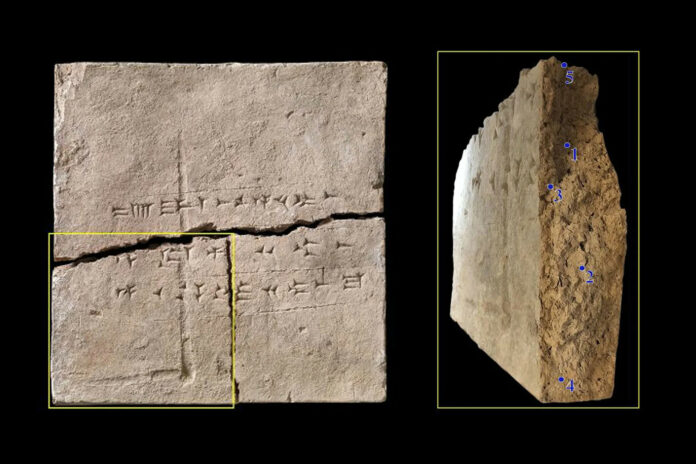A Broken Brick Leads to Groundbreaking Discovery
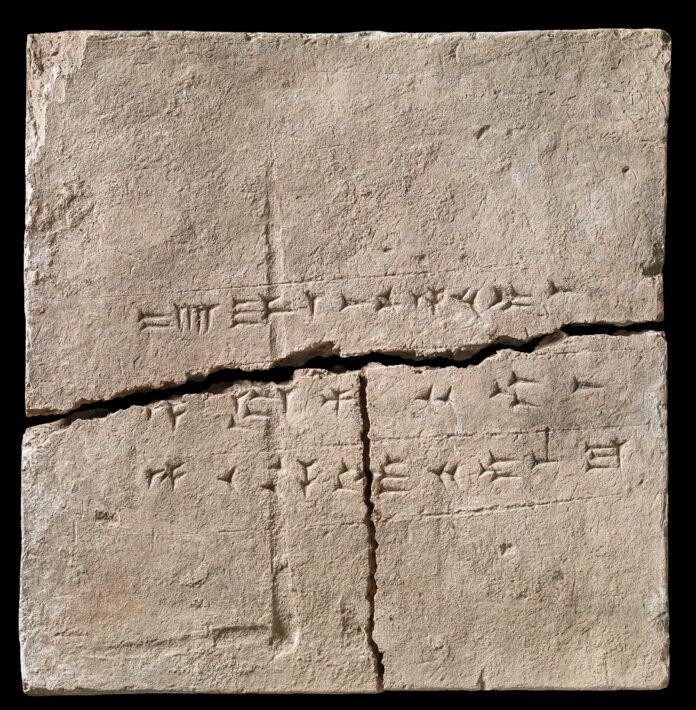
In a remarkable twist of fate, a 2,900-year-old mud brick from the palace of Assyrian King Ashurnasirpal II has revealed its hidden secrets, thanks to an accidental break during a digital scanning process. This unexpected event has opened a new chapter in archaeological research, providing a glimpse into the plant life of ancient Mesopotamia.
The Royal Artifact
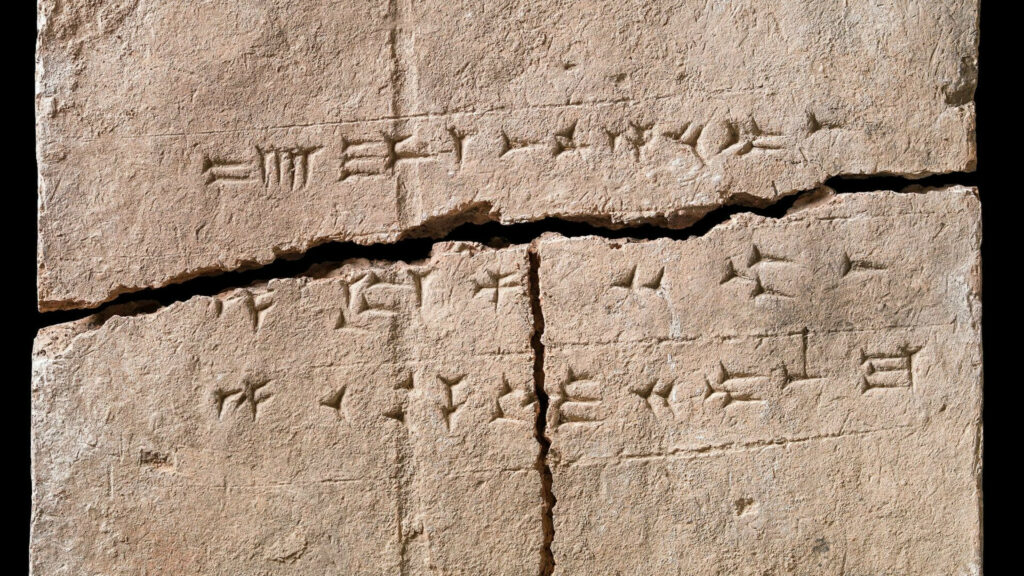
The brick, discovered over 70 years ago in Nimrud, the capital of the Neo-Assyrian Empire, bears an inscription identifying it as “The property of the palace of Ashurnasirpal, king of Assyria.” This direct link to Ashurnasirpal II, who ruled from 883 to 859 B.C., makes the brick an invaluable artifact in itself.
DNA Revelations
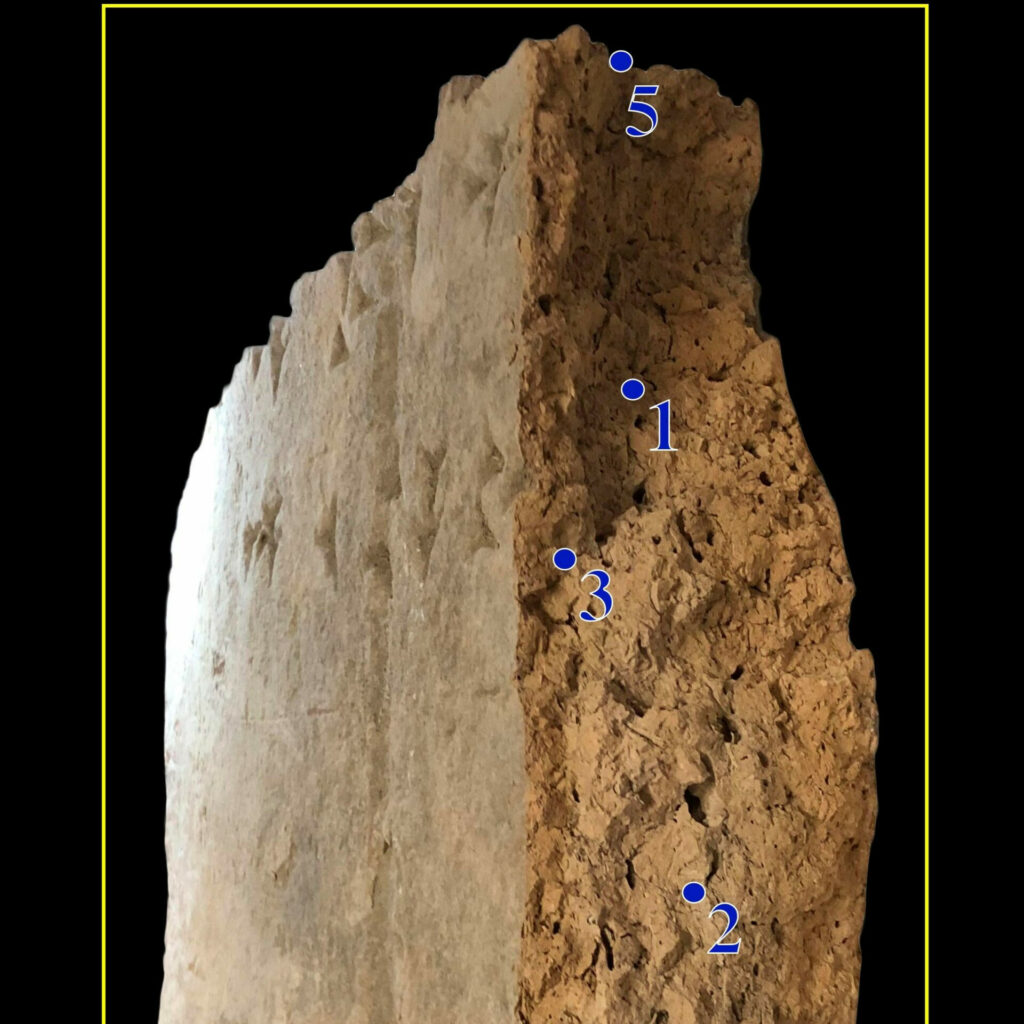
When the brick broke in 2020, researchers seized the opportunity to extract DNA from its newly exposed, uncontaminated clay interior. Led by Assyriologist Troels Pank Arbøll and biologist Sophie Lund Rasmussen, the team identified 34 distinct plant groups, including species related to cabbages, heathers, birches, laurels, and cultivated grasses.
Implications for Archaeological Research
Clay as a Time Capsule
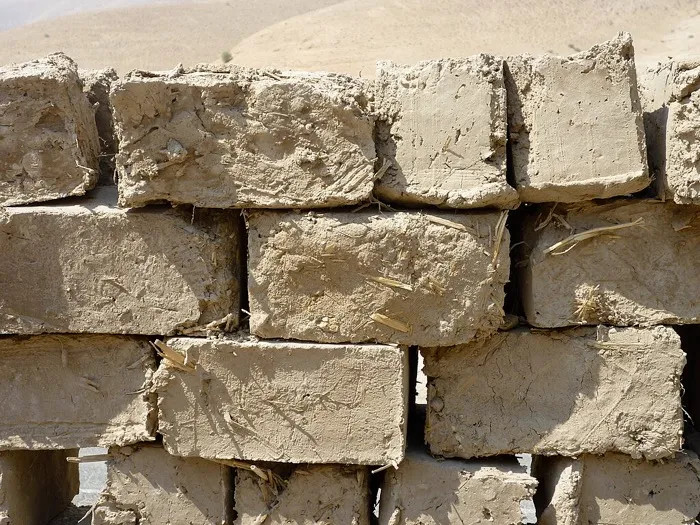
This groundbreaking study suggests that clay from archaeological sites worldwide could preserve ancient DNA, potentially revolutionizing how we study past biodiversity. As Rasmussen notes, “Almost every archaeological site, everywhere in the world, has clay,” opening up exciting possibilities for future research.
Challenges and Controversies
While the findings are promising, some experts express concerns about potential contamination from modern sources. The porous nature of the brick could harbor contemporary contaminants, raising questions about the authenticity of the DNA fragments.
A New Frontier in Ancient Studies
Despite the challenges, this innovative approach to studying ancient materials offers new perspectives on past ecosystems and cultures. By continuing to explore these genetic time capsules, researchers hope to gain deeper insights into the environments and societies that shaped our history.
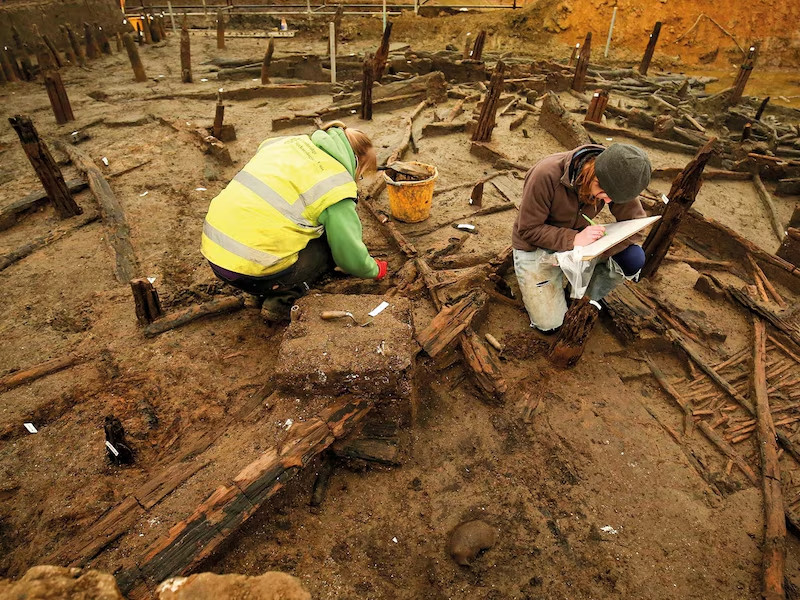
As we unlock more secrets from unexpected sources like this ancient mud brick, we edge closer to a more comprehensive understanding of our ancestors’ world, bridging the gap between past and present through the power of DNA.
